
Buckland Monachorum is a village and civil parish in the West Devon district of Devon, England, situated on the River Tavy, about 10 miles north of Plymouth.

Meavy is a small village, civil parish and former manor in the English county of Devon. Meavy forms part of the district of West Devon. It lies a mile or so east of Yelverton. The River Meavy runs near the village. For administrative purposes the parish is grouped with the parishes of Sheepstor and Walkhampton to form Burrator Parish Council, and for electoral purposes it is grouped with the same two parishes to form Burrator Ward.
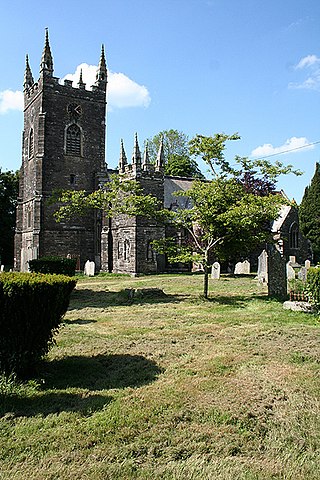
Werrington is a civil parish and former manor now in Cornwall, England, United Kingdom. Prior to boundary changes it straddled the Tamar and lay within the county of Devon. The portion on the west side was transferred to Cornwall by the abolition of Broadwoodwidger Rural District by the Local Government Commission for England in 1966. It is situated 1 mile (1.6 km) to the west of the Tamar, the traditional boundary between Devon and Cornwall, and 1 mile (1.6 km) north of Launceston.
Bowden is a historic estate in the parish of Yealmpton in Devon, England. From the 15th century until 1748 the manor house was for eight generations the seat of a junior branch of the Copleston family of Copplestone. The manor house was largely rebuilt in the 19th century and, together with some of its outbuildings, now serves as a farmhouse.

There have been four baronetcies created for people with the surname Drake, three in the Baronetage of England and one in the Baronetage of Great Britain.

Sir Henry Pollexfen of Nutwell in the parish of Woodbury, Devon, was Lord Chief Justice of the Common Pleas.
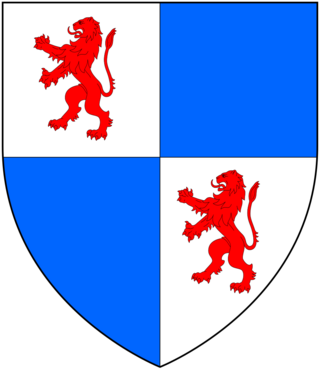
John Pollexfen (1636–1715), of Walbrooke House in the parish of St Stephen Walbrook, City of London and of Wembury House in Devon, was a merchant, a courtier to Kings Charles II and William III, and a political economist who served four times as a Member of Parliament for Plympton Erle in Devon, in 1679, 1681, 1689 and 1690. He was opposed to the monopoly of the East India Company.
Sir Richard Reynell, of Pitney in the county of Somerset, Sheriff of Devon in 1191-4, was a knight who lived during the successive reigns of Kings Henry II (1154-1189), Richard I (1189-1199) and John (1199-1216).
The Fuller-Eliott-Drake Baronetcy, of Nutwell Court, Buckland Abbey, or Monachorum, Sherford, and Yarcombe in the County of Devon, was a title in the Baronetage of the United Kingdom. It was created on 22 August 1821 for the soldier Thomas Fuller-Eliott-Drake, with remainder in default of male issue of his own to his next two younger brothers, William Stephen Fuller and Rose Henry Fuller, and their male issue. Born Thomas Fuller, he was a grandson of George Augustus Eliott, 1st Baron Heathfield, and grand-nephew of the last Drake Baronet of Buckland, and adopted the additional surnames of Eliott and Drake upon his inheritance of Buckland Abbey and Nutwell Court from the second Lord Heathfield in 1813. He was succeeded according to the special remainder by his nephew, the second Baronet, a son of the younger of his two brothers, who had also adopted the additional surnames. The title became extinct upon his death without a male heir in 1916. The second Baronet's only child married the third Baron Seaton, who also adopted the Eliott and Drake surnames.

Sir Francis Drake, 3rd Baronet (1642–1718), of Buckland Abbey in the parish of Buckland Monachorum and of Meavy, both in Devon, England, was elected seven times as a Member of Parliament for Tavistock in Devon, in 1673, 1679, 1681, 1689, 1690, 1696 and 1698.

Nutwell in the parish of Woodbury on the south coast of Devon is a historic manor and the site of a Georgian neo-classical Grade II* listed mansion house known as Nutwell Court. The house is situated on the east bank of the estuary of the River Exe, on low-lying ground nearly contiguous to the water, and almost facing Powderham Castle similarly sited on the west bank. The manor was long held by the powerful Dynham family, which also held adjacent Lympstone, and was according to Risdon the site of their castle until John Dynham, 1st Baron Dynham (1433–1501), the last in the male line, converted it into "a fair and stately dwelling house".

Sir Edmund Prideaux, 1st Baronet (1554–1628), of Netherton in the parish of Farway, Devon, was a Councellor at Law and Double Reader of the Inner Temple and was created a baronet on 17 July 1622. He purchased the estate of Netherton where in 1607 he built a new mansion house, known today as Netherton Hall, a grade II listed building. He was one of John Prince's Worthies of Devon.

West Ogwell is a village and former civil parish and manor, now in the parish of Ogwell, in the Teignbridge district, in the county of Devon, England. It is located 2 miles south-west of the town of Newton Abbot and 1 mile west of the village of East Ogwell. The church and manor house "lie hidden away on their own". In 1891 the parish had a population of 39. In 1894 the parish was abolished and merged with East Ogwell to form "Ogwell".
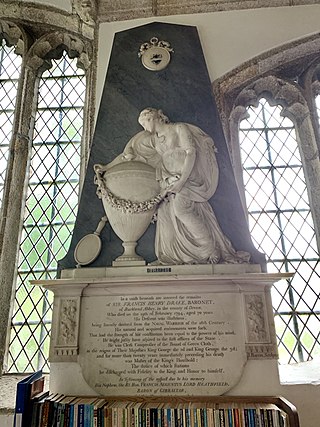
Sir Francis Henry Drake, 5th Baronet was an English Master of the Household and Member of Parliament.
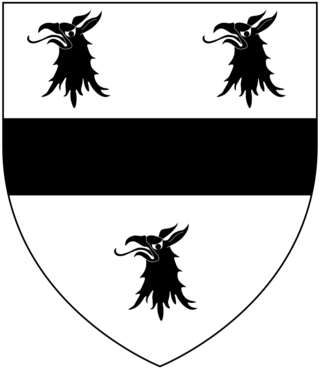
Kenedon is an historic manor situated in the parish of Sherford in Devon.

South Milton is a village and civil parish in the South Hams district, in the county of Devon, England, situated on the south coast about 2 miles south-west of Kingsbridge. The civil parish includes the hamlets of Sutton, south of the village, and Upton, north of the village. In 2021 the parish had a population of 371.
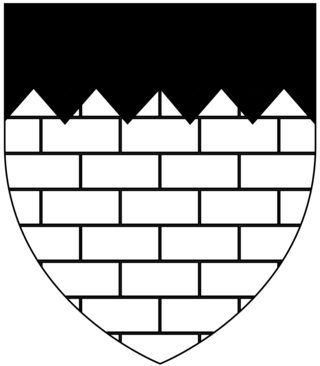
Walter Reynell was an English landowner, soldier, administrator and politician who sat as Member of Parliament for Devon in 1404.

John Reynell was a Member of Parliament for Devon in 1427/28.
The manor of Alverdiscott was a manor situated in north Devon, England, which included the village of Alverdiscott.
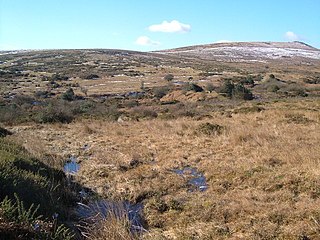
Bagtor is a historic estate in the parish of Ilsington in Devon, England. It was the birthplace of John Ford the playwright and poet. The Elizabethan mansion of the Ford family survives today at Bagtor as the service wing of a later house appended in about 1700.















